Image of 1942 Mercury Series 29a, sourced from commons.wikimedia.org , Image Link.
Performance Metrics
Fundamental Metrics
Emotional Appeal
MMP Rating
| Engine Specifications | |
|---|---|
| Engine: | Flathead V8 |
| Displacement: | 239.4 cu in (3.9 L) |
| Horsepower: | 100 hp |
| Torque: | 180 lb-ft |
| Compression Ratio: | 6.2:1 |
| Ignition System: | Distributor and coil |
| Cooling System: | Water-cooled |
| Performance Specifications | |
| 0-60 Time: | Estimated 15-20 seconds |
| 1/4 Mile Time: | Not available |
| Top Speed: | 85 mph |
| Transmission and Drive | |
| Drive Type: | Rear-wheel drive |
| Transmission Type: | 3-speed manual |
| Fuel and Efficiency | |
| Fuel System Type: | Carburetor |
| MPG: | Estimated 15-20 mpg |
| Dimensions and Brakes | |
| Brakes: | Hydraulic drum brakes |
| Wheelbase: | 118 inches |
| Weight: | 3,200 lbs |
Note: Specifications for classic cars are given to the best of our ability, considering the limited and variant data available.
Unveiling the 1942 Mercury Series 29A: A Testament to Pre-War Automotive Excellence
The year 1942 marked a pivotal moment in history, not only on the global stage but also within the automotive industry. As America stood on the cusp of its entry into World War II, the 1942 Mercury Series 29A emerged as a symbol of American resilience and ingenuity. Crafted by the Mercury division of the Ford Motor Company, this vehicle was a product of an era that balanced the brinkmanship of impending war with the pursuit of technological advancement. The Series 29A stands out as one of the last passenger vehicles produced before American factories pivoted to support the war effort, making it a rare snapshot of pre-war automotive design.
Design and Innovation: A Blend of Elegance and Functionality
The exterior styling of the 1942 Mercury Series 29A exuded a sense of strength and sophistication. With its broad grille and prominent front fenders, it commanded attention on any road. The vehicle's sleek lines and chrome accents reflected a design language that was both modern and timeless. Inside, passengers were greeted with a cabin that showcased high-quality materials such as plush seating and polished wood trim, offering comfort and luxury that were ahead of its time. Technological features included advancements such as a "Liquamatic" automatic transmission option—though not commonly selected due to reliability issues—and an improved electrical system. The color palette ranged from modest hues to more vibrant options, with popular choices including Lyon Blue and Black Cherry, which accentuated the car's elegant curves. Body styles varied from coupes to sedans to convertibles, with the most iconic being the two-door Town Sedan, known for its balanced proportions and stylish presence.
Historical Significance: Shaping an Automotive Legacy
The 1942 Mercury Series 29A's impact on automotive design was subtle yet significant. It demonstrated a move towards integrated styling elements that would become more pronounced in post-war models. This vehicle set itself apart with its blend of luxury features and affordable pricing, bridging a gap between Ford's mainstream lineup and the upscale Lincoln offerings. Its lasting influence is seen in how it helped shape consumer expectations for what an American car could offer in terms of both performance and amenities.
Performance and Handling: A Smooth Operator on Any Road
Underneath its polished exterior, the Series 29A housed a robust flathead V8 engine that delivered around 100 horsepower—a respectable figure for its time. While top speed figures hover around 85 mph, it was the car's smooth acceleration that left an impression on drivers. Handling was characterized by a comfortable ride quality that absorbed road imperfections with grace, thanks in part to its well-tuned suspension system. Driving this Mercury was about enjoying the journey; from the throaty rumble of its V8 engine to the solid feel of its steering wheel, it offered an experience that connected driver and machine harmoniously.
Ownership Experience: More Than Just A Means of Transportation
Owners of the 1942 Mercury Series 29A enjoyed a vehicle that could serve multiple roles—from daily driving duties to weekend show car appearances. Its reliability was commendable for its era, though like all vintage cars, maintenance requires dedication. Parts are relatively accessible due to shared components with other Ford models from that period. The simplicity of its mechanical systems means that average owners with some mechanical knowledge can undertake many repairs themselves—a boon for enthusiasts who enjoy hands-on involvement with their classic cars.
Fun Facts: The Mercury That Witnessed History
Despite production interruptions due to WWII, there were still several notable moments in this car's history. For instance, some Series 29As were used by government officials during wartime due to their reliability and understated elegance. While no specific records or celebrity ownerships stand out dramatically for this model, it remains a cherished piece among collectors who value its historical context. Common criticisms at the time centered around its conservative approach to innovation compared to some competitors; however, these critiques have softened over time as appreciation for its enduring design has grown.
Collector's Information: A Prized Possession in Classic Circles
Today, collectors seek out the 1942 Mercury Series 29A for its rarity and historical significance. With production numbers limited due to wartime constraints—it is estimated that only thousands were produced—finding one in good condition can be challenging. Values range significantly based on condition but expect well-maintained examples to fetch anywhere from $20,000 to $40,000 or more at auction. The market trends suggest these vehicles are appreciating in value as enthusiasts recognize their place in automotive history—a trend likely to continue as fewer examples remain.
Conclusion: Celebrating an Era Through Four Wheels
The 1942 Mercury Series 29A is more than just metal, rubber, and glass; it is a rolling testament to an era defined by transformation and resilience. From its elegant design to its robust performance, this classic car embodies a unique chapter in American history—one where innovation thrived against all odds. For collectors and enthusiasts alike, owning a piece of this legacy is not just about acquiring a vehicle; it's about preserving a story that shaped our world.
1942 Mercury Series 29a Catalog of Parts
 1942 Mercury Series 29A Fender Washer Cushion. 1" O.D., 3/8" I.D. Each-BC 31Fender Washer Cushion. 1" O.D., 3/8" I.D. Each
1942 Mercury Series 29A Fender Washer Cushion. 1" O.D., 3/8" I.D. Each-BC 31Fender Washer Cushion. 1" O.D., 3/8" I.D. Each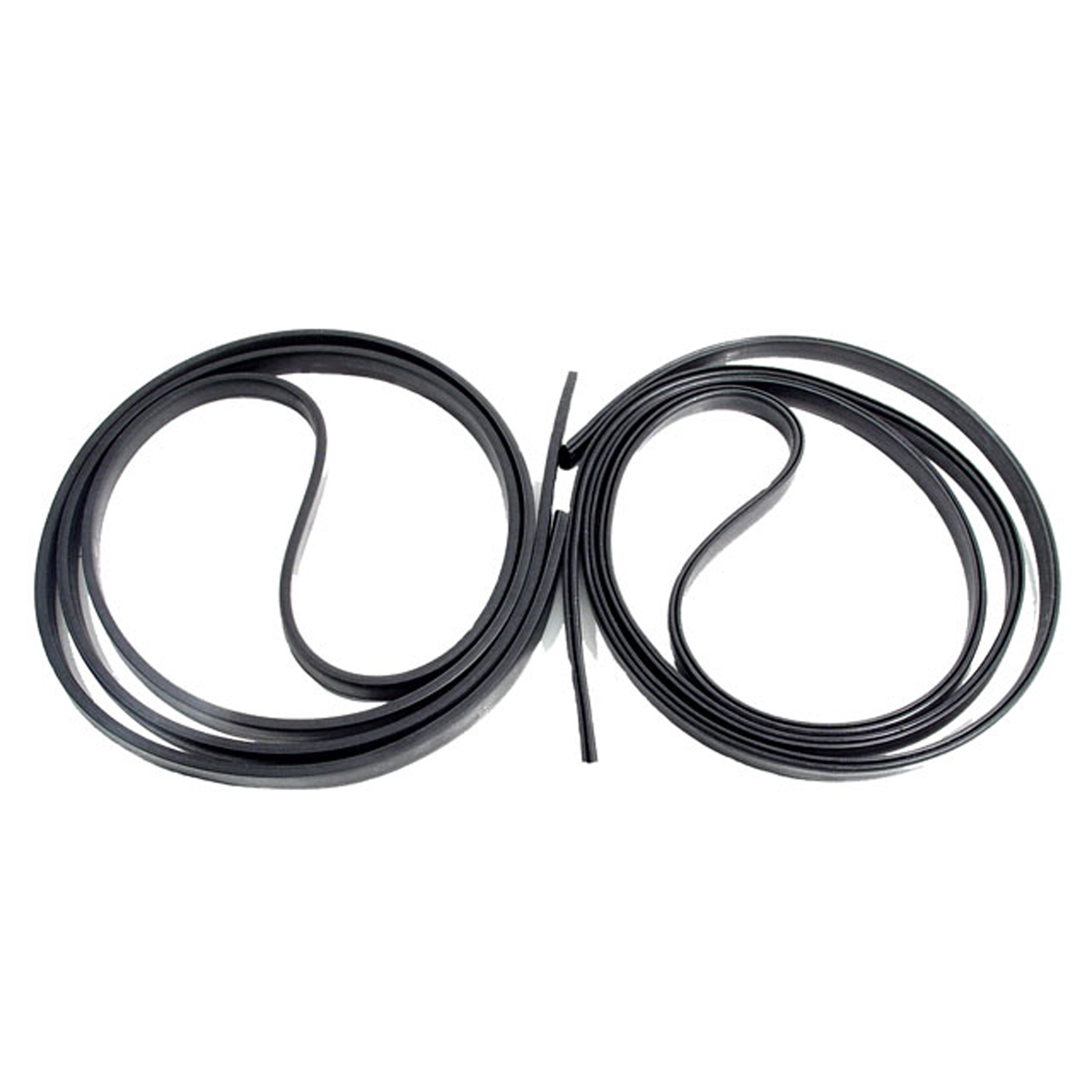 1942 Mercury Series 29A Fender Skirt Seals. Each Piece 5' long. Pair-BG 111-PFender Skirt Seals. Each Piece 5' long. Pair
1942 Mercury Series 29A Fender Skirt Seals. Each Piece 5' long. Pair-BG 111-PFender Skirt Seals. Each Piece 5' long. Pair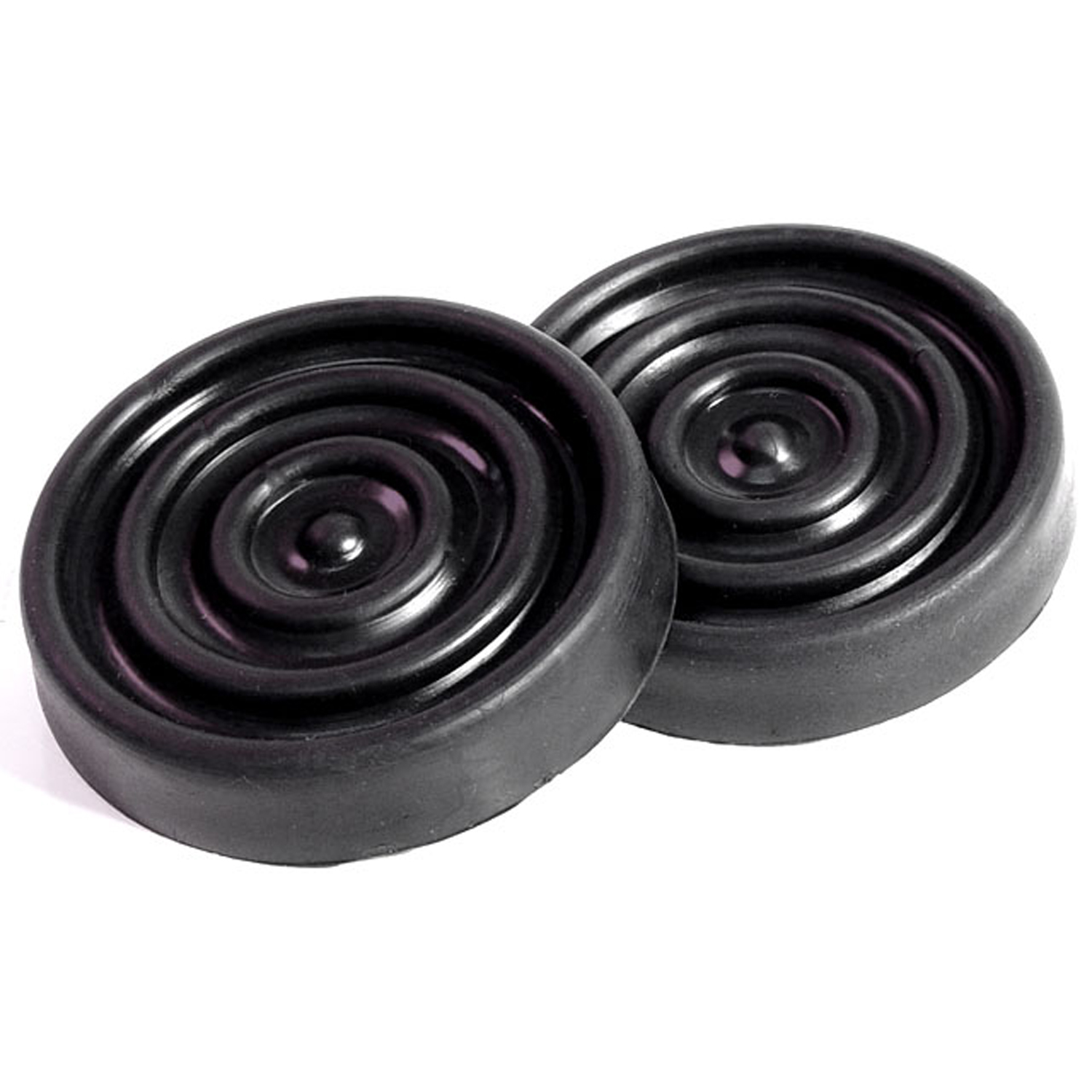 1942 Mercury Series 29A Clutch and Brake Pedal Pads-CB 106Clutch and Brake Pedal Pads. Made with molded steel core and threaded stud. 3" diameter. Pair
1942 Mercury Series 29A Clutch and Brake Pedal Pads-CB 106Clutch and Brake Pedal Pads. Made with molded steel core and threaded stud. 3" diameter. Pair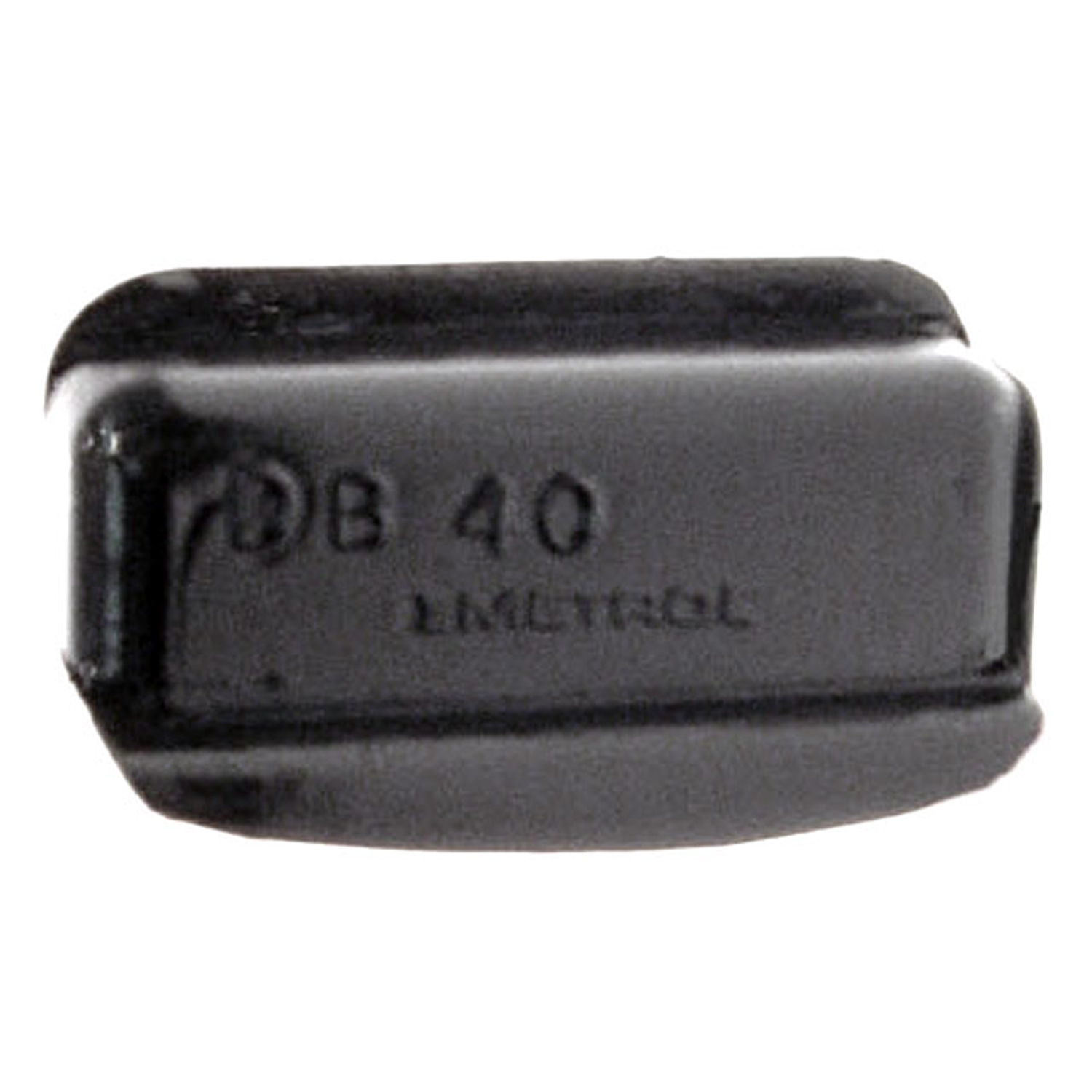 1942 Mercury Series 29A Door Bumper. 3/4" high X 1-7/16" wide X 9/16" thick. Each-DB 40Door Bumper. 3/4" high X 1-7/16" wide X 9/16" thick. Each
1942 Mercury Series 29A Door Bumper. 3/4" high X 1-7/16" wide X 9/16" thick. Each-DB 40Door Bumper. 3/4" high X 1-7/16" wide X 9/16" thick. Each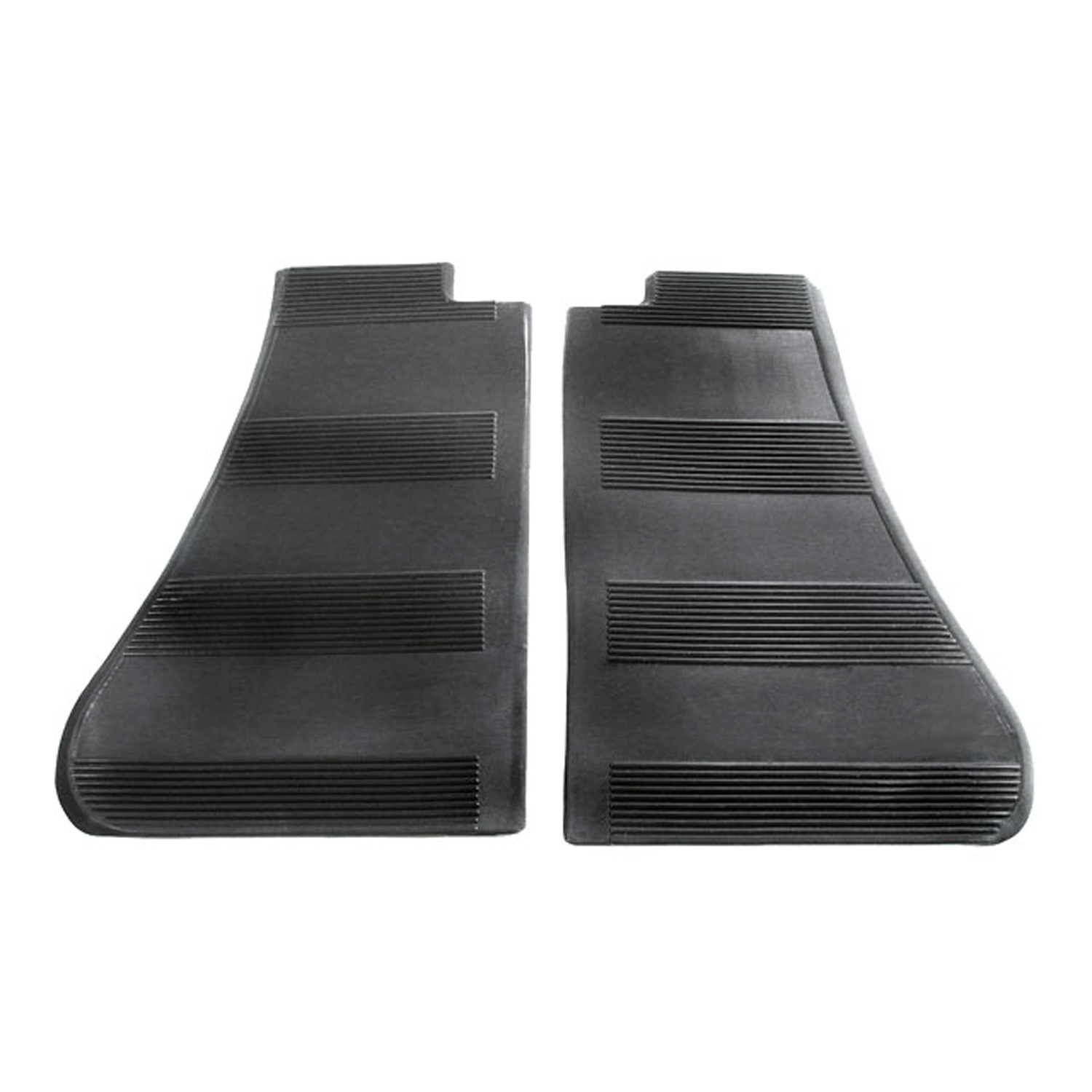 1942 Mercury Series 29A Gravel Shields (for station wagon only)-FS 60Gravel Shields (for station wagon only). 16-3/4" long X 10-1/4" wide at top and 5" wide at bottom. Will conform to all curves perfectly. Pair R&L
1942 Mercury Series 29A Gravel Shields (for station wagon only)-FS 60Gravel Shields (for station wagon only). 16-3/4" long X 10-1/4" wide at top and 5" wide at bottom. Will conform to all curves perfectly. Pair R&L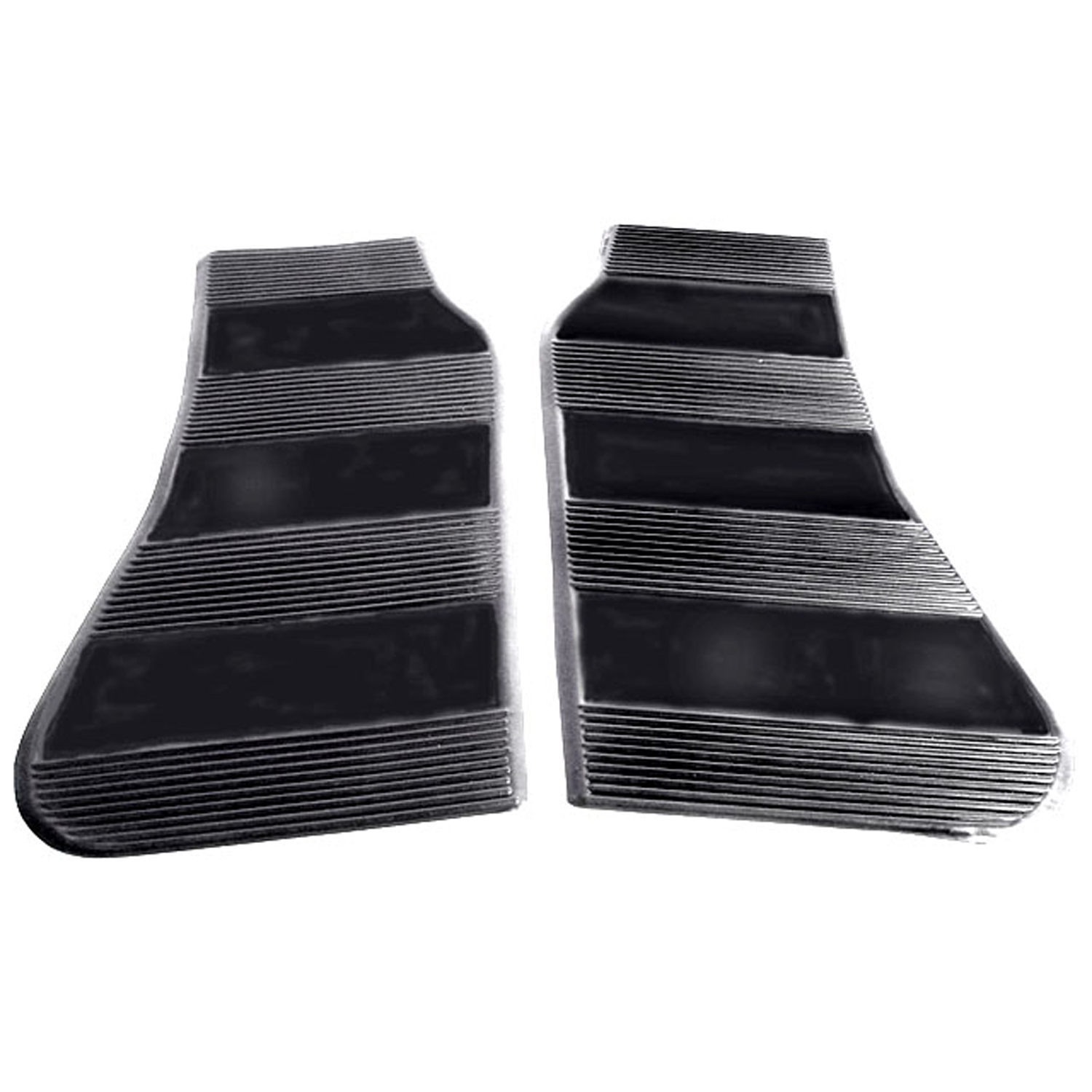 1942 Mercury Series 29A Gravel Shields. Will conform to all curves perfectly-FS 61Gravel Shields. Will conform to all curves perfectly. 17" long X 7-3/4" wide at top X 5-1/4" wide at bottom. Pair R&L
1942 Mercury Series 29A Gravel Shields. Will conform to all curves perfectly-FS 61Gravel Shields. Will conform to all curves perfectly. 17" long X 7-3/4" wide at top X 5-1/4" wide at bottom. Pair R&L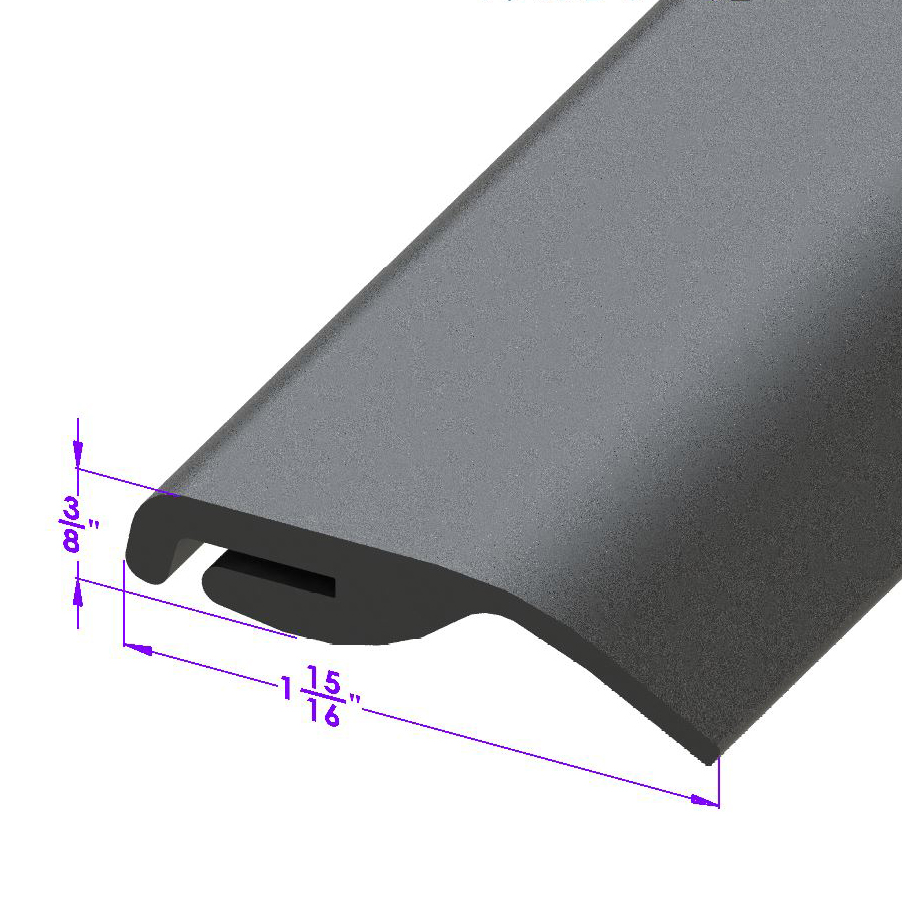 1942 Mercury Series 29A Bumper to Body Seal. 2" Wide. Sold by the foot-LP 109-KBumper to Body Seal. 2" Wide. Sold by the foot
1942 Mercury Series 29A Bumper to Body Seal. 2" Wide. Sold by the foot-LP 109-KBumper to Body Seal. 2" Wide. Sold by the foot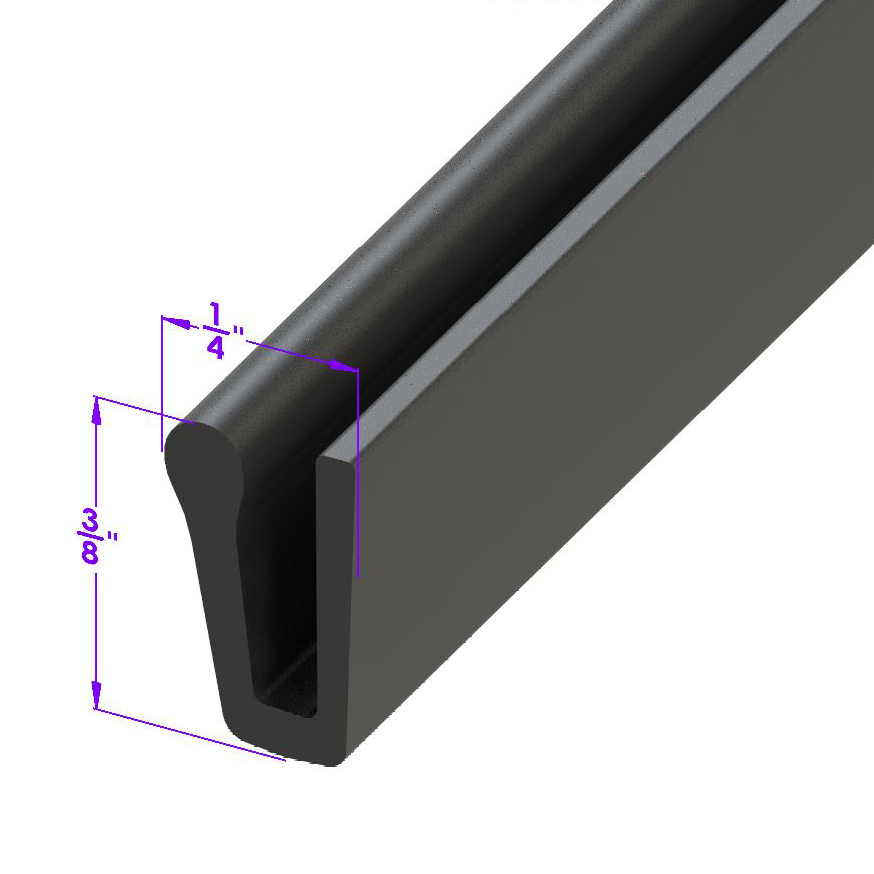 1942 Mercury Series 29A Fender Skirt Seal. Sold by the foot-LP 111-P/FTFender Skirt Seal. Sold by the foot
1942 Mercury Series 29A Fender Skirt Seal. Sold by the foot-LP 111-P/FTFender Skirt Seal. Sold by the foot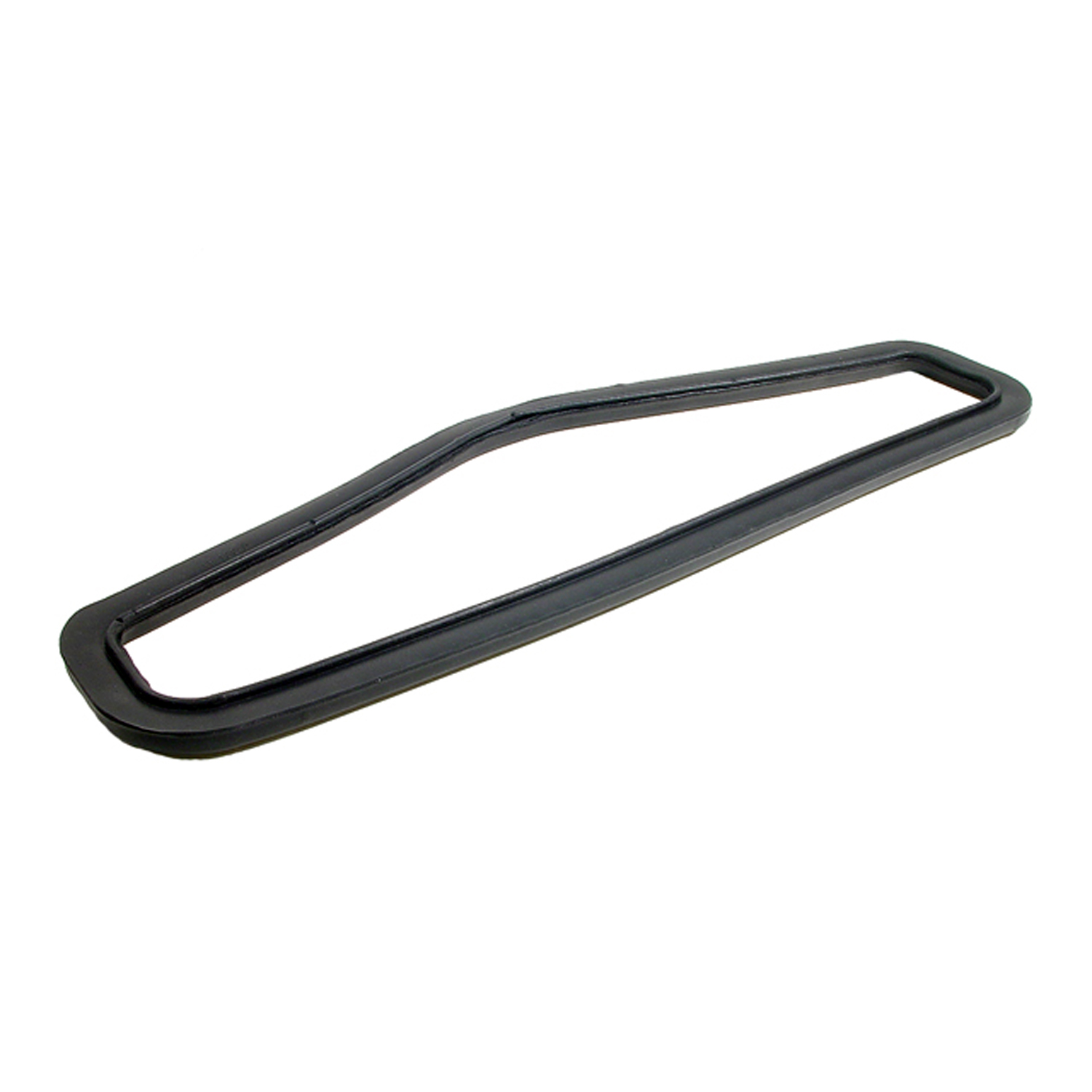 1942 Mercury Series 29A Cowl Vent Seal. Made of skin-covered, molded sponge-RP 100-ICowl Vent Seal. Made of skin-covered, molded sponge. 3-1/8" wide at side X 17" long. Each
1942 Mercury Series 29A Cowl Vent Seal. Made of skin-covered, molded sponge-RP 100-ICowl Vent Seal. Made of skin-covered, molded sponge. 3-1/8" wide at side X 17" long. Each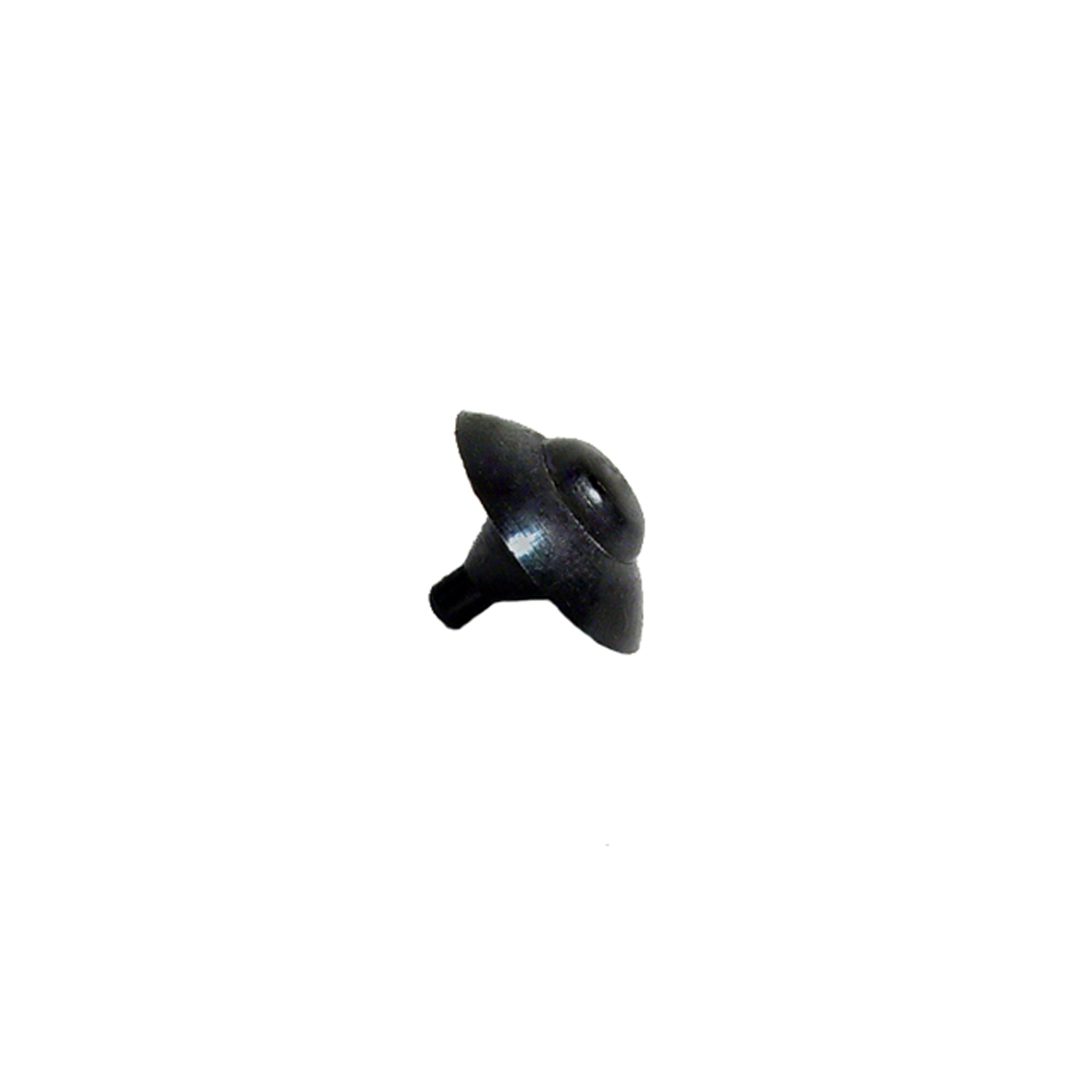 1942 Mercury Series 29A Engine Compartment Gravel Shield Bumper-SB 57-AEngine Compartment Gravel Shield Bumper. Twelve used per car. Each
1942 Mercury Series 29A Engine Compartment Gravel Shield Bumper-SB 57-AEngine Compartment Gravel Shield Bumper. Twelve used per car. Each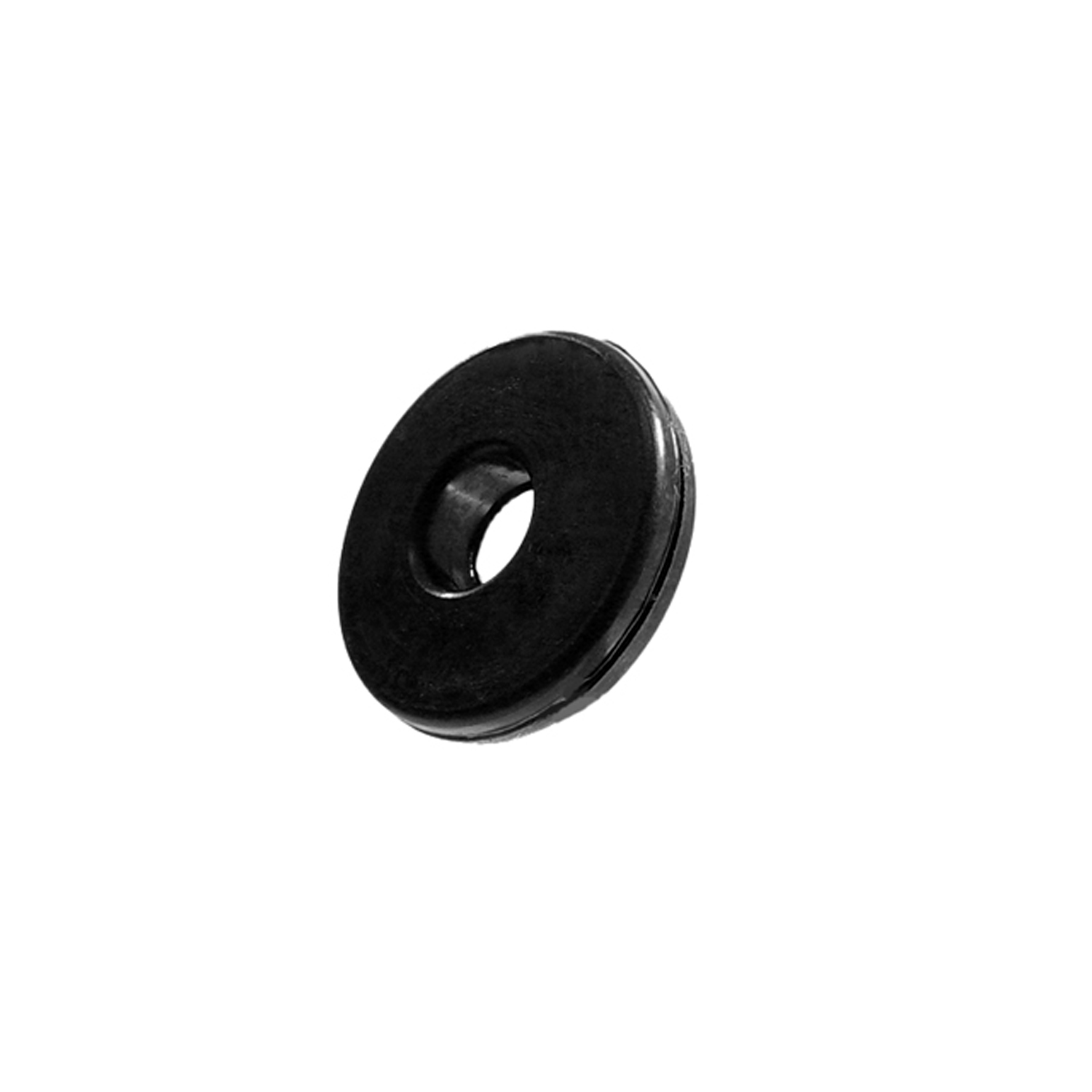 1942 Mercury Series 29A Headlight Wires through Inner Splash Pan, Front Fenders-SM 96Headlight Wires through Inner Splash Pan, Front Fenders. Two used per car. 3/8" I.D., 1-5/16" O.D. Each
1942 Mercury Series 29A Headlight Wires through Inner Splash Pan, Front Fenders-SM 96Headlight Wires through Inner Splash Pan, Front Fenders. Two used per car. 3/8" I.D., 1-5/16" O.D. EachWhy Choose Metro?
For over 100 years, Metro Moulded Parts has been the pinnacle of quality in classic car restoration parts. Our commitment to precision and authenticity in every component ensures a perfect fit and an OEM-level appearance.
- Expert Craftsmanship & Quality: Each part is a testament to our dedication to reliability and perfection, crafted from original designs and thoroughly tested.
- Advanced Technology: We use cutting-edge techniques to create flawless, long-lasting parts that surpass others in performance.
- SuperSoft Sponge – The Ultimate Door Seal: Not only are our door seals 30% softer than competitors', but they're also guaranteed to never leak. They effectively reduce wind and road noise, enhancing your classic car's comfort and driving experience.
- Proudly American: Our parts are a product of American craftsmanship, made in the USA with a spirit of excellence and heritage.
- Unrivaled Warranty: We back our products with a 30-year industry-leading warranty, a testament to our confidence in their quality.
Join us in preserving the legacy of classic cars with parts that are crafted for perfection, not just made.

